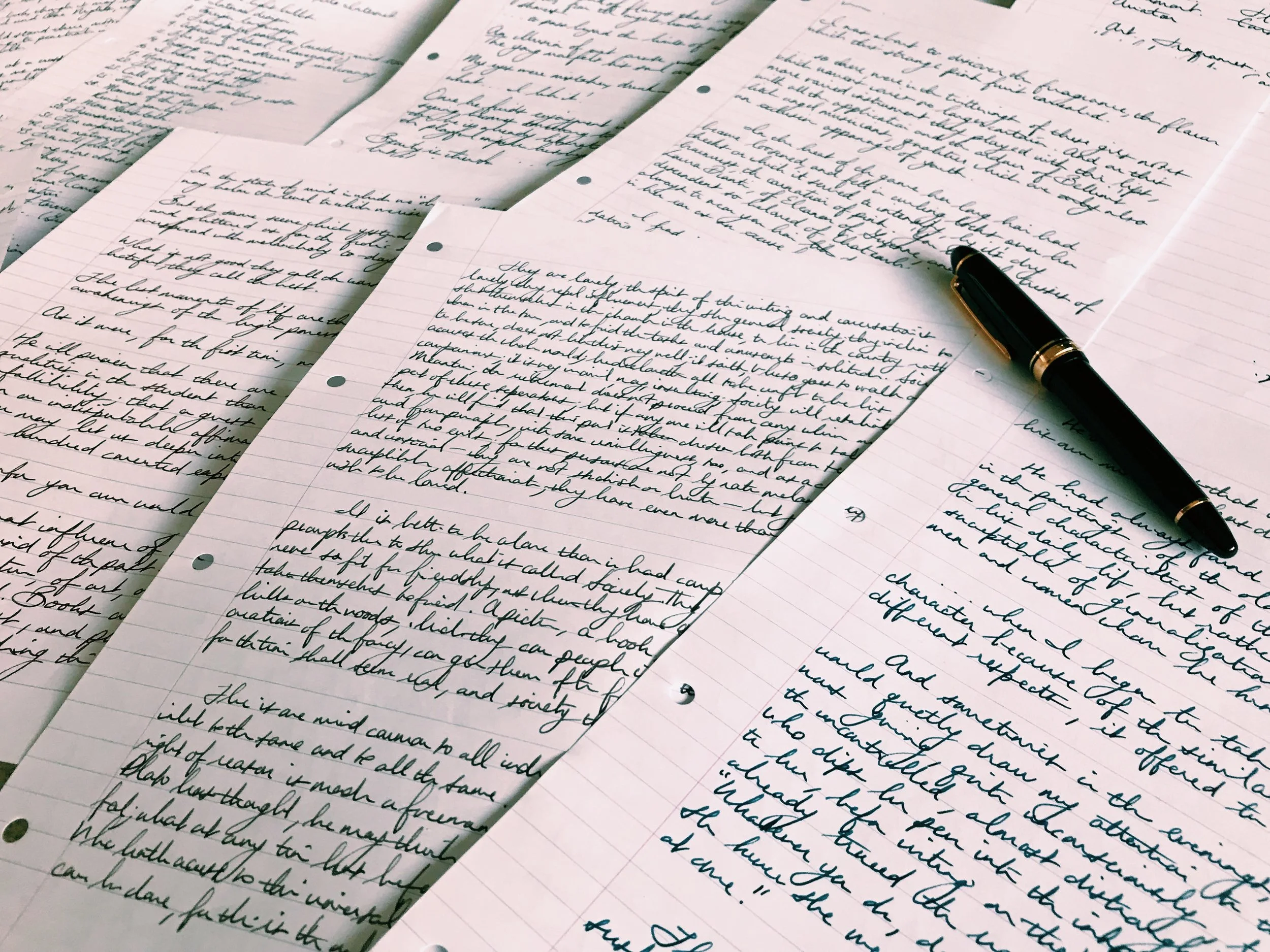Laocoon and His Sons
- Laocoön and His Sons
- Sculpted c. 27 BC-68 AD; Unearthed 1506
- Marble
- 208 x 163 x 112 cm
- Vatican Museums
When the Trojans were ready to attack the Greeks, they approached the latter's camp, and found only Sinon, a member of the Greek camp, and with him, the infamous wooden horse. Sinon spun the tale that he was abandoned by the Greeks, and that the horse was a gift to Athena, an atonement for the burning of her temple at Troy, and an offering to ensure the Greeks a safe journey home. The Trojans wheeled the horse into their city as a victory trophy for themselves, but two people were not convinced.
Cassandra, gifted with the powers of prophecy but doomed never to be believed, warned the Trojans in vain that the horse would be the downfall of the city and their family.
Laocoön guessed the plot, and there are various versions of what happened next.
According to Quintus Smyrnaeus, Laocoön begged the Trojans to set the horse aflame. Athena, angered (and siding with the Greeks as a result of the Judgement of Paris), shook the ground beneath his feet, and blinded him, painfully. The Trojans assumed he was being punished for doubting Sinon. After the Trojans wheeled in the horse, Laocoön persisted, and so Athena punished him further, sending two giant sea serpents to strangle and kill both himself, and his two sons, Antiphantes, and Thymbraeus.
Virgil has Laocoön defiantly hurl his spear in anger at the horse, after the Trojans are not convinced.
An alternate version has Laocoön punished for an act of desecration; procreating with his wife in the temple of Poseidon. In this version Laocoön is punished by Poseidon, the timing being coincidental.
Pliny the Elder, in the 1st century AD writes:
Detail of the Snake
This is the case with the Laocoön in the palace of the General Titus, a work superior to any painting and any bronze. Laocoön, his children and the wonderful clasping coils of the snakes ere carved from a single block in accordance with an agreed plan by those eminent craftsmen Hagesander, Polydorus, and Athenodorus, all of Rhodes. (Natural History, XXXVI, 4)
On viewing the sculpture, one can echo his sentiments.
Laocoön's face is overcome with agony as he struggles in vain to free himself of the snake which has coiled around the arm of the son to the left; fangs sinking into his waist. The other snake intertwines all three subjects: it's upper body entrapping the left son's arm and waist, and locking the leg of himself and his father. It flows on the the right, ensnaring Laocoön's other leg, and the leg of the son to the right, as he struggles to free himself, looking on with horror.
The work is intensely evocative; the passion and emotion of the scene rendered in a beautiful display. You can hear the deep screams of the father, the higher screams of the children, the hissing of the snakes as they deliver death. The scene is truly brought to life.
The discovered Arm
The sculpture was unearthed in the 16th century. Pope Julius II (Giuliano della Rovere), patron of the Arts, responsible for the commissioning of such masterworks as The Sistine Chapel Ceiling, and The School of Athens, was informed of the discovery. He acquired the group, placing them for public viewing in the Belvedere Garden, later forming part of the Vatican Museums.
At the end of the 18th century, the Laocoön was moved to France and placed in the Musée Napoléon at the Louvre, before being returned to Rome after Napoleon's defeat.
In 1906, Ludwig Pollak discovered a fragment of marble near the spot where the group was discovered. 50 years later, the Vatican Museums decided the arm originally belonged to the Laocoön, and replaced it, where it remains to this day.
I'm always amazed, not just at the skill in this masterpiece, but with the fact that it was sculpted two thousand years ago. It holds it's own, triumphs, in fact, over sculptures produced in years gone by.










